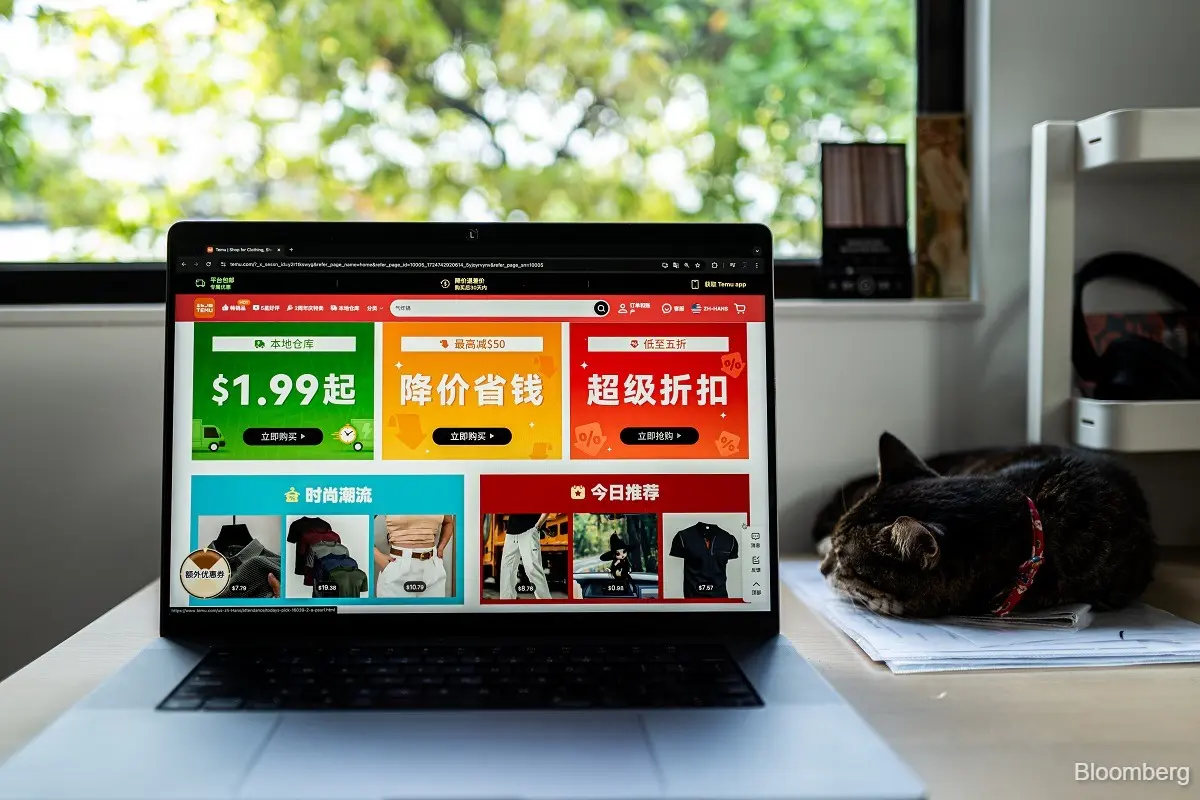The Chinese government has proposed a draft of rules aimed at regulating how e-commerce platforms set and change fees that affect both merchants and consumers. The proposal seeks to increase transparency and to require standardized methods for pricing changes, a response to widespread complaints that some platform fees have been applied arbitrarily or without adequate disclosure. The discussion has escalated because fees influence merchant margins and consumer trust across digital marketplaces.
What the Draft Rules Propose
The draft asks platforms and merchants to agree on prices and fee changes via standardized mechanisms, such as formal contracts and order records. It also requires clearer rules about fee-setting and timely public disclosure whenever platform charges change so that regulators, merchants, and consumers can scrutinize the process. These measures are intended to stop sudden, unilateral fee hikes and to create a predictable operating environment for sellers.
Why Regulators Are Acting Now
Regulators are reacting to a wave of complaints by merchants and consumers who say platform practices have become opaque. The government has flagged concerns that aggressive pricing tactics and poorly disclosed fees undermine fair competition and the livelihoods of small sellers. China’s recent history of anti-monopoly enforcement underscores the context: large firms are already under scrutiny for market power and pricing behavior. Policymakers want to correct imbalances without choking innovation in logistics or real time retail services.
How This Could Affect Platforms and Merchants
If adopted, the rules would force major platforms to change internal billing and contract systems so that any fee adjustments follow an auditable process. For merchants, this could provide relief from sudden cost shocks and improve their ability to forecast margins. For platforms, the trade-off is administrative complexity and potential short-term margin pressure; over time, however, clearer rules could build merchant trust and stabilize platform ecosystems. In other markets, similar interventions have nudged platforms to redesign seller dashboards and billing notifications to ensure compliance and to avoid fines.
Broader Market Context and Historical Precedents
China’s move is not happening in isolation. Regulators worldwide are increasingly demanding transparency from large digital platforms as governments balance consumer protection with market dynamism. In China’s own case, regulators have previously imposed major fines and corrective measures on large tech firms for anti-competitive conduct. Those past actions are part of the reason the new draft underscores standard contracts and public notice for fee changes, aiming to prevent abusive pricing or hidden surcharges that disadvantage small sellers.
Possible Ripple Effects for Southeast Asia and Indonesia
Regional marketplaces watch Beijing’s regulatory signals closely because policy shifts in China often ripple outward through supplier chains and platform playbooks. In Indonesia, some marketplaces have already started introducing explicit processing fees to support logistics subsidies and improved services. For example, order processing fees were recently implemented by several local platforms to sustain expanded shipping and logistics programs. These local fee moves show how platform economics are evolving in response to rising logistics costs and regulatory expectations elsewhere. The China e-commerce fees debate may prompt platforms operating across Southeast Asia to preemptively increase transparency or to reconsider fee structures.
Risks, Tradeoffs, and Merchant Strategies
Regulation designed to curb arbitrary fee setting brings tradeoffs. Tighter rules could slow down promotional mechanics that platforms use in highly competitive segments like instant retail, where very low or negative gross margins are sometimes used to attract users. That can also reduce the ability of platforms to quickly subsidize logistics or run short-term promotions. For merchants, the advisable path is to strengthen contract literacy, insist on clear fee schedules, and diversify sales channels to avoid single-platform concentration risk. Platforms, for their part, should invest in transparent billing tools, clearer merchant agreements, and faster grievance mechanisms.
What Success Would Look Like
Success would not mean eliminating fees; it would mean making fee structures predictable, well-documented, and contestable. A successful outcome would see fewer surprise fee increases, higher merchant confidence in platform economics, and sustained consumer access to competitively priced goods without hidden surcharges. Ideally, clear rules would protect small sellers without discouraging the investment that platforms make in last-mile logistics and speed-focused services.
What Comes Next And Practical Recommendations
The draft will be open for public comment for a defined period, allowing merchants, platforms, consumer groups, and industry bodies to provide input. Regulators will likely revise the text before finalization based on feedback. For stakeholders preparing for the next phase:
• Merchants should review existing contracts, maintain detailed records of platform charges, and engage industry associations to submit consolidated feedback.
• Platforms should audit billing systems, design transparent notice mechanisms for fee changes, and bolster local teams that can respond to merchant concerns.
• Policy advisors should emphasize balanced rules that protect fairness without undermining necessary platform investments.
Clearer fee governance can reduce frictions and foster long-term market resilience. China’s draft highlights the larger policy trend: digital markets must combine dynamic innovation with accountable pricing practices.
Read More






 Saturday, 29-11-25
Saturday, 29-11-25







